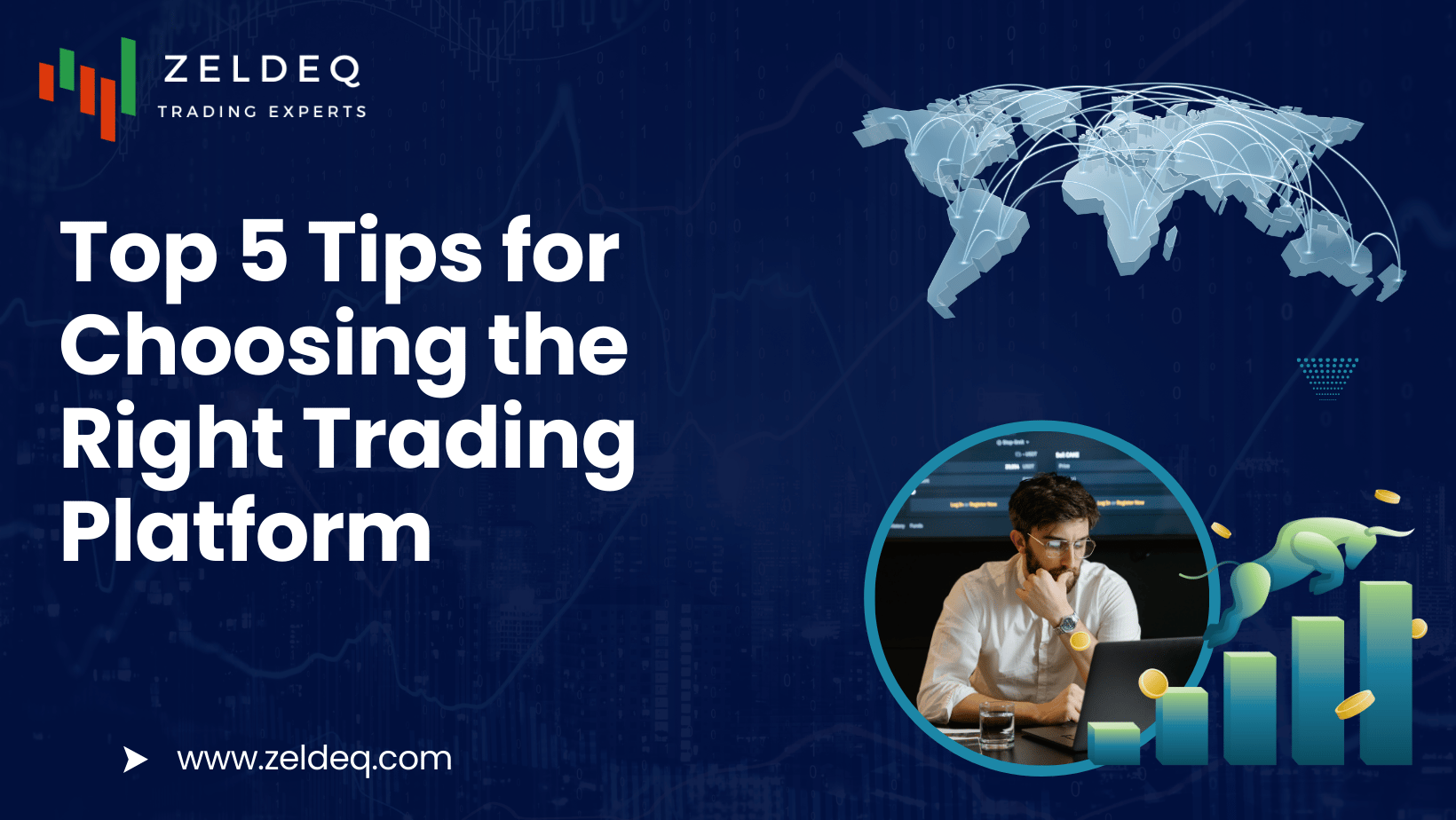Table of Contents
- Understand Your Trading Needs
- Evaluate Fees and Commissions
- Check for Security Features
- Look for User-Friendly Features
- Research Customer Support Options
Investing in the financial market can be a thrilling endeavor, but your success largely depends on the trading platform you choose. With numerous options available, selecting the right platform can feel overwhelming. But don’t worry! This guide will provide you with the top five tips to help you make an informed decision.
Understand Your Trading Needs
Before you begin exploring various platforms, take a moment to assess your trading needs. Are you a beginner or an experienced trader? Do you prefer day trading, swing trading, or long-term investments? Different platforms cater to different trading styles, so it’s crucial to define your goals.
For example, if you are a day trader, you might prioritize a platform with real-time data and advanced charting options. Alternatively, long-term investors may seek a platform with robust research tools and educational resources. For beginners, consider reading Understanding How Trading Works: A Beginner’s Guide for insights into various trading styles.
FAQ:
- What if I’m a beginner?
If you’re just starting, look for a platform that offers extensive educational resources, tutorials, and a user-friendly interface.
- How do I know what my trading style is?
Spend some time researching different trading strategies. You can also consider paper trading to test out various styles without risking real money.
Evaluate Fees and Commissions
Every trading platform comes with its own fee structure, which can significantly impact your investment returns. Common fees include:
- Commission Fees: Charged on each trade.
- Spread: The difference between the buying and selling price.
- Withdrawal Fees: Costs associated with withdrawing funds from your account.
- Inactivity Fees: Charged if your account remains inactive for a certain period.
To help you visualize, here’s a basic comparison table of fee structures:
| Platform Name | Commission Fees | Spread | Withdrawal Fees | Inactivity Fees |
|---|---|---|---|---|
| Platform A | $0 | 0.5% | $5 | None |
| Platform B | $4.95 | 1% | $10 | $10/month |
| Platform C | $0 | 0.8% | None | None |
Be sure to evaluate how these fees align with your trading strategy and calculate the potential costs over time. For insights on essential trading costs and fees, refer to Essential Trading Costs and Fees Beginners Should Know.
FAQ:
- Are there platforms with no commissions?
Yes, many platforms offer commission-free trading. However, be aware that they may charge higher spreads or other fees.
Check for Security Features
When it comes to your hard-earned money, security should be a top priority. Look for platforms that offer robust security measures, such as:
- Two-Factor Authentication (2FA): Adds an extra layer of security by requiring a second form of verification.
- Encryption: Protects your sensitive information during online transactions.
- Regulation: Ensure the platform is regulated by a reputable authority (like the SEC or FCA) for added peace of mind.
Researching a platform’s security features can help safeguard your investments against potential threats. For more on trading regulations, check Top 5 Stock Trading Regulations You Need to Know 2024.
FAQ:
- What should I do if I suspect a breach?
Immediately contact the platform’s customer support and consider moving your funds to a more secure platform.
Look for User-Friendly Features
A trading platform should be intuitive and easy to navigate, especially if you are a beginner. Here are some features to look for:
- Mobile Accessibility: Many traders prefer to manage their investments on the go, so check if the platform has a mobile app.
- Charting Tools: Advanced charting tools can help you analyze price movements and make informed decisions.
- Research and Analysis: Quality research and analysis tools can provide valuable insights into market trends.
Before committing, consider trying out a demo account, if available. This allows you to explore the platform without risking your funds. For a list of essential trading tools, see Top 7 Essential Trading Tools for New Investors 2024.
FAQ:
- How do I know if a platform is user-friendly?
Read reviews from other users and consider watching video tutorials to get a sense of the user experience.
Research Customer Support Options
Lastly, don’t overlook the importance of reliable customer support. Good customer service can make a world of difference, especially in times of technical difficulties or urgent inquiries.
Look for platforms that offer:
- Multiple Contact Methods: Options like live chat, email, and phone support can be very helpful.
- 24/7 Availability: Access to support around the clock is ideal for traders in different time zones.
- Comprehensive FAQs and Resources: A well-organized help center can save you time and provide answers to common questions.
If you encounter poor customer service during your research, it may be a red flag. Opt for a platform with a proven track record of responsive support.
FAQ:
- What if a platform has poor customer support?
If you encounter poor customer service during your research, it may be a red flag. Opt for a platform with a proven track record of responsive support.
Choosing the right trading platform is a crucial step in your investment journey. By understanding your trading needs, evaluating fees, prioritizing security, looking for user-friendly features, and researching customer support, you can confidently select a platform that aligns with your goals.
For more information on trading platforms, check out resources like Top Trading Platforms of 2024: A Comprehensive Guide. Happy trading!


